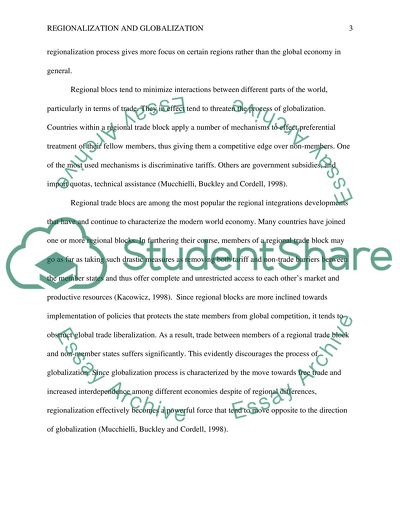Cite this document
(“Globalization and Regionalization As The Counteracting Forces Essay”, n.d.)
Retrieved de https://studentshare.org/history/1391754-globalization
Retrieved de https://studentshare.org/history/1391754-globalization
(Globalization and Regionalization As The Counteracting Forces Essay)
https://studentshare.org/history/1391754-globalization.
https://studentshare.org/history/1391754-globalization.
“Globalization and Regionalization As The Counteracting Forces Essay”, n.d. https://studentshare.org/history/1391754-globalization.


